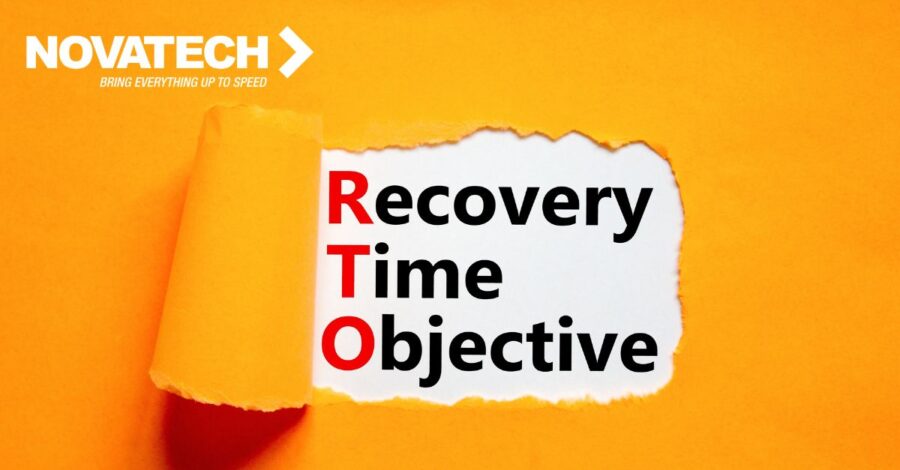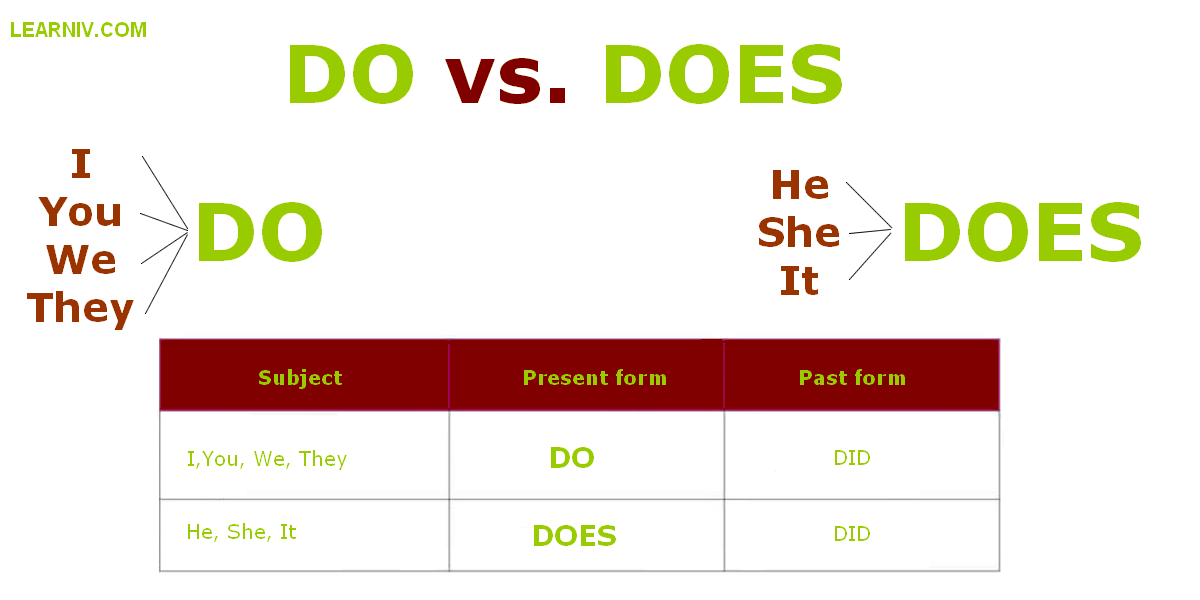Harnessing the Positive Power of Corporate Politics in Strategic Project Management
Understanding the Positive Role of Corporate Politics in Strategic Projects
Corporate politics often carries a negative connotation, but when approached constructively, it plays a vital role in managing and executing strategic projects. Strategic initiatives, unlike routine operations, require extensive cross-functional cooperation, negotiation, and influence. Navigating the political landscape with skill allows leaders to secure critical resources, build coalitions, and align diverse stakeholders behind a shared vision. This section explores how positive engagement with organizational politics can be transformed into a strategic asset.
One of the most significant benefits of constructive corporate politics is the ability to build a network of supporters throughout the organization. A well-connected project leader can anticipate resistance, resolve conflicts early, and generate momentum even in complex environments. By proactively identifying key stakeholders across departments and hierarchy levels, leaders gain advocates who can champion projects when they are not present. This influence not only neutralizes potential opposition but also increases the likelihood of project success by ensuring sustained support from essential players [1] .

Source: startuptalky.com
Effective use of corporate politics also enables leaders to achieve outcomes through others -a critical skill in project environments where authority is often limited. By leveraging relationships and understanding informal power structures, project managers can secure necessary resources, expedite decision-making, and foster a culture of collaboration. For example, in large organizations, access to executive sponsors or senior leaders often determines whether a project receives the attention, funding, and support it needs to succeed [1] .
To harness the positive aspects of politics, leaders should focus on transparency, ethical influence, and building trust. Practical steps include regularly communicating project goals, acknowledging contributions, and celebrating milestones. It is also essential to provide value to stakeholders by aligning project objectives with organizational goals, thus making it clear how the project supports broader business success.
What Most Likely Encourages Organizational Politics?
While politics is inherent in any group setting, certain organizational conditions significantly increase its prevalence and intensity. Understanding these triggers enables leaders to mitigate negative effects while leveraging positive opportunities.
One of the primary drivers of organizational politics is scarcity of resources . When budgets, promotions, or decision-making authority are limited, individuals and departments often compete to secure their share. This competition fosters an environment where political maneuvering becomes a survival strategy rather than a choice. Additionally, unclear roles and responsibilities create ambiguity, prompting employees to jockey for influence or recognition. In such settings, informal networks and alliances become more influential than formal structures [2] .
Poor communication and lack of transparency further encourage the growth of politics. When information is withheld or inconsistently shared, employees fill gaps with assumptions, rumors, or strategic positioning. This can lead to mistrust and a focus on individual advancement over collective success. Moreover, organizations that fail to recognize or reward contributions fairly inadvertently incentivize political behavior as a means of gaining attention or rewards [2] .

Source: desklib.com
To counteract these tendencies, leaders should prioritize open communication, clear role definitions, and fair recognition systems. Implementing regular feedback loops and providing avenues for employees to voice concerns without fear of reprisal can also reduce the likelihood of destructive politics. For instance, companies that conduct frequent town hall meetings or utilize anonymous feedback tools often report higher levels of trust and lower incidences of negative political activity.
Defining Workplace Politics: What Does It Really Mean?
Workplace politics, also known as office politics, refers to the informal and sometimes formal processes by which individuals and groups use power, influence, and relationships to achieve personal or organizational objectives. While the term often evokes negative images of manipulation or favoritism, it is important to recognize that politics is a natural part of any organization where resources are finite and people have different goals, interests, and perspectives [3] .
At its core, workplace politics involves navigating the complex web of relationships, unwritten rules, and power dynamics present in any organization. It includes activities such as lobbying for project support, negotiating for resources, building alliances, and managing stakeholder expectations. Not all political activity is harmful; in fact, when practiced with integrity and transparency, it can help organizations adapt, innovate, and respond to change more effectively [3] .
For example, a project manager who successfully builds a coalition across departments to support a new initiative is engaging in positive politics. Conversely, political behavior becomes problematic when it involves withholding information, undermining colleagues, or prioritizing personal gain over organizational welfare. Recognizing the distinction between constructive and destructive politics is essential for both leaders and employees.
Practical Steps for Harnessing Positive Corporate Politics
Transforming office politics from a liability into a strategic advantage requires deliberate action. Here are key steps to guide leaders and employees:
- Map Stakeholders: Begin by identifying all individuals and groups affected by your strategic project. This includes those with direct authority, informal influence, or a vested interest in the outcome.
- Build Authentic Relationships: Invest time in understanding stakeholders’ motivations, concerns, and goals. Engage in regular dialogue, offer support, and seek opportunities for mutual benefit.
- Communicate Transparently: Share project updates, challenges, and successes openly. Transparency reduces uncertainty and builds trust, which can neutralize misinformation or negative political behavior.
- Establish Clear Roles and Expectations: Define responsibilities, decision rights, and escalation paths early in the project. Clarity reduces ambiguity and the incentive for political maneuvering.
- Reward Collaboration: Recognize and reward individuals and teams who demonstrate collaborative behavior and contribute to collective goals. This shifts the focus from individual competition to shared success.
For organizations looking to formalize these steps, consider implementing structured mentorship programs, conflict resolution training, and leadership development initiatives. Many professional organizations and consultancies offer resources and workshops on effective stakeholder management and ethical influence. To locate these services, you can search for ‘stakeholder management training’ or ‘leadership development workshops’ through established business associations or local learning centers. Additionally, contacting your company’s HR or Learning & Development department may reveal internal programs or recommended external providers.
Real-World Examples and Case Studies
Consider a technology company launching a new product. The project manager recognized early that success relied on both the engineering and sales teams, who had historically clashed over priorities. By meeting with leaders from both departments, clarifying mutual benefits, and facilitating joint planning sessions, the manager built trust and secured buy-in. This proactive, political engagement minimized resistance and allowed the project to hit key milestones on time. Such examples illustrate how positive politics, rooted in open communication and stakeholder alignment, can drive outcomes that benefit the entire organization [1] .
Alternatively, consider organizations facing high turnover due to negative politics. Studies show that when leaders address underlying political issues by promoting fairness, training managers in conflict resolution, and fostering open dialogue, employee engagement and retention improve significantly [2] . These results highlight the tangible business benefits of managing workplace politics proactively.
Overcoming Challenges and Alternative Approaches
Despite best efforts, some environments remain highly political. In such cases, individuals may need to adopt alternative strategies, such as seeking mentors outside their immediate team, documenting key decisions, or rotating projects to gain broader organizational exposure. If negative politics threatens personal well-being or career growth, consider consulting with HR or seeking external career guidance for tailored support.
For organizations, alternative approaches include conducting regular climate surveys to identify hot spots of political activity, using external facilitators for sensitive projects, or rotating leadership roles to break entrenched power dynamics. By acknowledging the reality of politics and providing structured avenues for feedback and development, leaders can create a more inclusive and productive work environment.
Summary and Key Takeaways
Corporate politics, when managed ethically and strategically, can be a force for positive change. By understanding its drivers, defining its boundaries, and implementing practical steps to build trust and alignment, organizations and individuals can transform office politics from a source of frustration into a catalyst for innovation and project success. Accessible resources include internal training programs, industry associations, and professional development workshops. To find these opportunities, search for terms like ‘organizational leadership training’ or ‘stakeholder management courses’ via reputable business organizations or consult your HR department.
References
MORE FROM mumsearch.com













